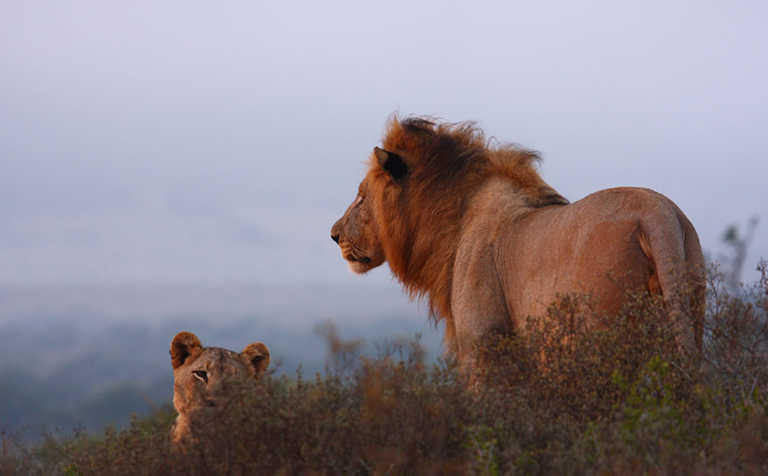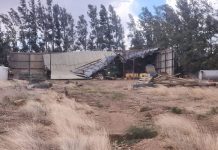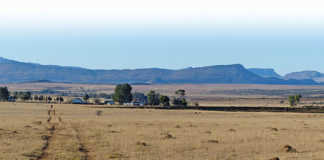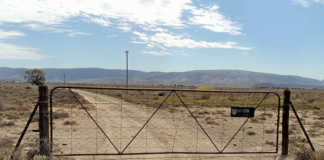
The new quota, approved by the Department of Environmental Affairs (DEA), became effective on 7 June 2018 but was only announced on 16 July.
The DEA said in a statement that the decision to increase the quota from the previous 800 skeletons had been based on “new evidence from a research project established by the South African National Biodiversity Institute in collaboration with the University of the Witwatersrand, Oxford University, and the University of Kent that analyses and monitors the lion bone trade in South Africa”.
The project found that due to the previous lower lion bone export quota, there appeared to be a growing stockpile of lion bones in South Africa.
The project also found no discernible increase in the poaching of wild lions in the country, although there appeared to be an increase in the poaching of captive-bred lions for their heads, faces, paws, and claws.
“The determination [to increase South Africa’s lion bone export quota] has been communicated to the Convention on International Trade in Endangered Species (CITES) of Wild Fauna and Flora Secretariat, in line with a 2015 decision taken at the 17th Conference of the Parties to CITES,” the statement added.
In response to the DEA’s announcement, the EWT issued a statement expressing that it “and partner organisations” had several concerns about South Africa’s legal, and growing, trade in lion bones.
One of these was that while 13 captive-bred lions had been reported as poached between June 2016 and May 2017, a total of 31 lions had been killed in 12 poaching incidents from the introduction of the lion bone export quota in June 2017 until May 2018
“These preliminary figures suggest that the poaching of captive lions in South Africa has more than doubled since the quota was established,” the EWT’s statement said.
The EWT’s statement added that the organisation was also concerned about “an absence of proper monitoring and compliance with the law by participants in [the legal lion bones trade]”.
This was in response to reports highlighted by the EWT of some captive-bred lion facilities and a lion ‘abattoir’ having allegedly subjected lions to inhumane treatment.
The DEA’s statement said that South Africa currently had 7 000 lions in 260 captive breeding facilities and a further 3 500 lions in the wild.
Strict monitoring, evaluation, permitting and record-keeping of South Africa’s legal lion bone value-chain were in place, the DEA added.












